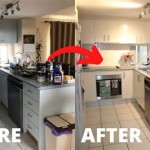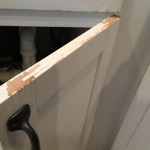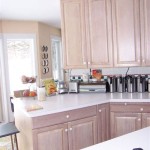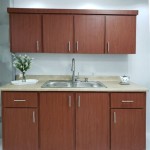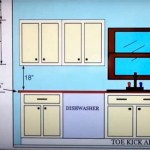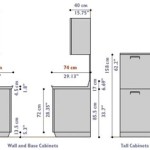Essential Aspects of Sandpaper Selection for Kitchen Cabinets
When refinishing kitchen cabinets, choosing the right type of sandpaper is crucial to achieve a smooth and professional finish. Different grades of sandpaper perform specific tasks, and selecting the appropriate ones will ensure an effective and efficient sanding process. Here's a guide to help you understand the essential aspects of sandpaper selection for kitchen cabinets.
Types of Sandpaper
There are various types of sandpaper available, each with unique characteristics. The most common types used for kitchen cabinets include:
- Aluminum oxide sandpaper: Durable and versatile, suitable for general sanding and removing paint.
- Silicon carbide sandpaper: Waterproof and tear-resistant, ideal for wet sanding and fine finishing.
- Zirconia sandpaper: Premium-grade sandpaper with exceptional durability and cutting power.
Sandpaper Grades
Sandpaper grades refer to the coarseness of the abrasive particles. The higher the grade, the finer the sandpaper. For kitchen cabinets, the following grades are commonly used:
- 80-120 grit: Coarse sandpaper for removing old paint, varnish, or stains.
- 150-220 grit: Medium-coarse sandpaper for smoothing surfaces and preparing for finer sanding.
- 240-320 grit: Fine sandpaper for removing scratches and achieving a smooth finish.
- 400-600 grit: Very fine sandpaper for creating a satin-like smooth surface.
Sanding Progression
Sanding kitchen cabinets effectively involves using a progression of sandpaper grades. Start with a coarse grade to remove any rough spots or imperfections. Gradually progress to finer grades to smooth the surface and remove scratches. This gradual approach ensures a consistent and professional finish.
Selecting the Right Sandpaper
To select the right sandpaper for your kitchen cabinets, consider the following factors:
- Material of the cabinets: Determine if your cabinets are made of wood, laminate, or another material.
- Condition of the cabinets: Assess the extent of damage or imperfections on the cabinets.
- Desired finish: Decide on the smoothness and gloss level you want to achieve.
Additional Tips for Sanding Kitchen Cabinets
- Use a sanding block or palm sander to ensure even pressure and avoid gouging.
- Sand in the direction of the wood grain to prevent cross-grain scratches.
- Vacuum or wipe away dust regularly to prevent clogging the sandpaper.
- Wear a dust mask and safety glasses for protection.
By carefully selecting and using the appropriate sandpaper, you can achieve a smooth and professional finish on your kitchen cabinets. Remember to consider the type, grade, progression, and additional tips discussed in this guide to ensure a successful refinishing project.

A Guide To Painting Kitchen Cabinets Norton Abrasives

A Guide To Painting Kitchen Cabinets Norton Abrasives

How To Paint Kitchen Cabinets A Step By Guide Confessions Of Serial Do It Yourselfer

The Best Paint For Cabinets 2 Cabinet Girls

How To Paint Kitchen Cabinets A Step By Guide Confessions Of Serial Do It Yourselfer
Refinishing Kitchen Cabinets A Beautiful Mess

Refinishing Kitchen Cabinets Modern Refacing Made Easy Wisewood

Refinish Kitchen Cabinets With Kilz Restoration Primer

How To Paint Kitchen Cabinets A Step By Guide Confessions Of Serial Do It Yourselfer

The Right Way To Prep Cabinets For Paint Young House Love
Related Posts


